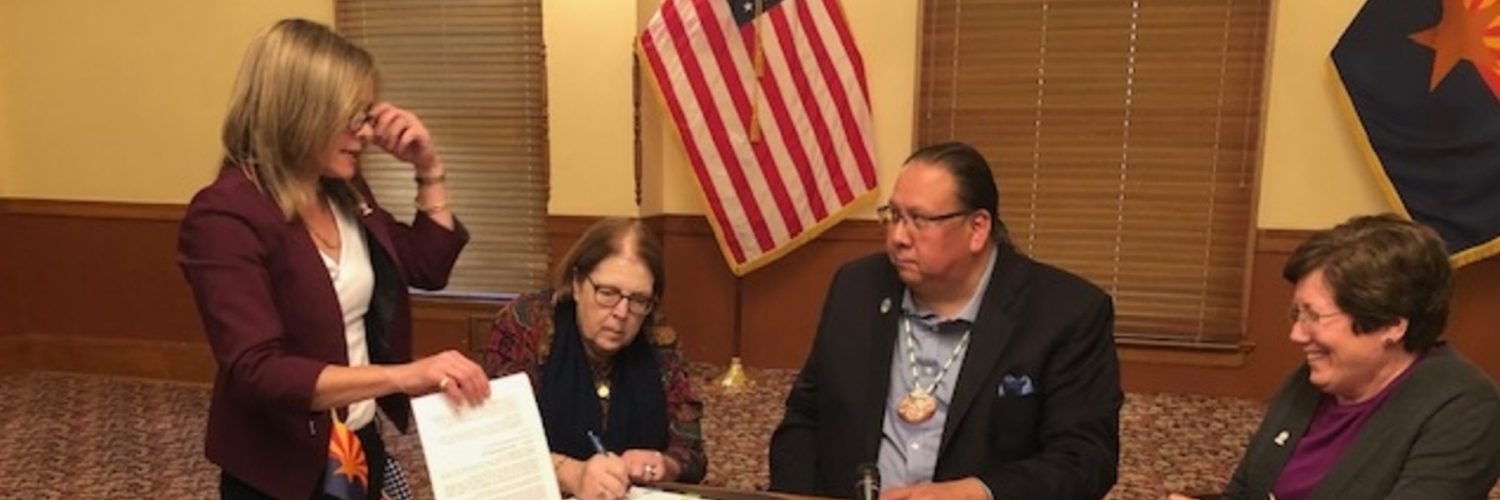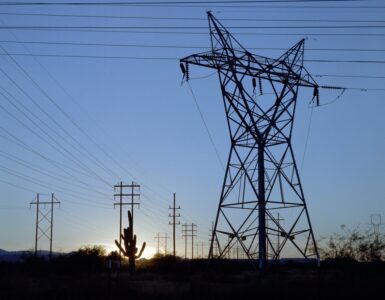A few weeks ago, federal officials praised Arizona for passing a historic drought contingency plan and meeting a deadline to submit its part of a seven-state drought plan to protect Colorado River water supplies. Then a day later, they announced that the state still needs to tie up some “loose ends” and set a new deadline.
If Arizona parties do not complete their intra-state agreements and make the new deadline, March 4, the federal government will intervene, the Bureau of Reclamation announced Friday. California also was put on notice. Imperial Irrigation Districthas not finished its piece of the multi-state Drought Contingency Plan (DCP) and is requesting $200 million to clean up the Salton Sea. All the other five states and Mexico are done.
For stakeholders involved in Arizona, the news was a confusing letdown.
“It seems to me the state of Arizona, and this board and our staff did an amazing job and got everything together by what we stood to believe was the Bureau of Reclamation deadline on the 31st,” said Terry Goddard, a member of the Central Arizona Water Conservation District (CAWCD) board of directors that oversees Central Arizona Project (CAP) that carries the river water inland to Maricopa, Pima and Pinal counties.
“There was a big sigh of relief that we accomplished something important,” Goddard said. “This sort of change of direction is surprising.”
State leaders thought they had completed their part by submitting Arizona’s inter-state agreement and legislation to the Bureau by the Jan. 31 deadline. All that is left is administrative paperwork and the finalization of negotiated agreements between in-state parties.
Arizona and California officials are questioning the new deadline and the legality of the demand that appears to be the federal government overstepping its bounds. There’s worry that lawsuits could ensue.
Patti Aaron, a spokesperson for the Bureau of Reclamation said that everything must be signed sealed and delivered, not just the agreement between the states.
Aaron added that the Bureau is not concerned about Arizona. Most of the outstanding issues appear to be administrative in nature.
If Arizona should fail, a notice is on the Federal Register that states that for 15 days starting March 4, recommendations will be solicited from governors in all seven states. That would mean control of Arizona’s Colorado River allocations could be in the hands of the federal government.
None of the Arizona agreements appear to be in jeopardy, nor is there “broad disagreement” among any parties, said Ted Cooke, general manager of the CAP, and co-chair of the statewide steering committee that engaged in intense negotiations for five months to get the DCP in place. At least one agreement is waiting on a commitment for expected funding from the federal government.
Aaron, of the Bureau of Reclamation, said this is the first time the Department of Interior has stepped forward to issue ultimatums. If Arizona completes everything by March 4, it will be removed from the Federal Register’s comment board, she said.
“I think it’s really up to the states at this point,” she said.
Cooke said he and his staff will do everything in its power to make it happen.
“We’re going to do the best we can on every single one of these things to get these done as soon as possible,” Cooke told the board. “We’re going as fast as we can, and we will get as much as we can done by March 4th, but we will not know until March 5th whether or not we are done in the eyes of Reclamation.”
The Colorado River irrigates nearly 5.5 million acres of farmland and sustains life and livelihood for over 40 million people in major metropolitan areas including Albuquerque, Cheyenne, Denver, Las Vegas, Los Angeles, Phoenix, Salt Lake City, San Diego and Tucson.
Since 2000 the Colorado River Basin has experienced its most severe drought in recorded history and the risk of reaching critically low elevations at Lakes Powell and Mead, the two largest reservoirs in the United States, has increased nearly four-fold over the past decade. Once the lakes dip to “deadpool,” water cannot flow through the turbines.
For more information about the Drought Contingency Plan, go to: https://www.usbr.gov/dcp/
















Add comment